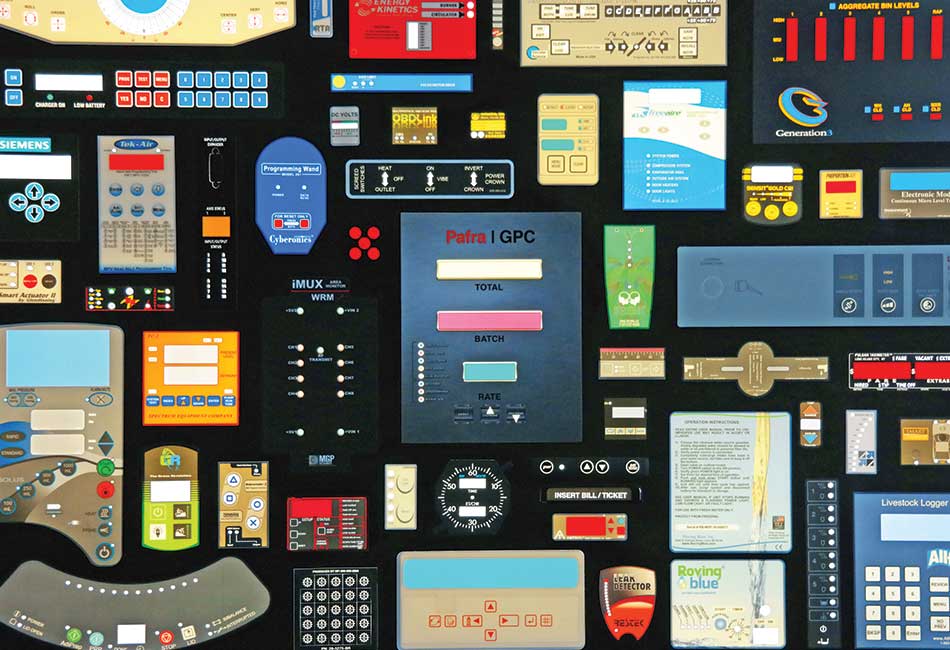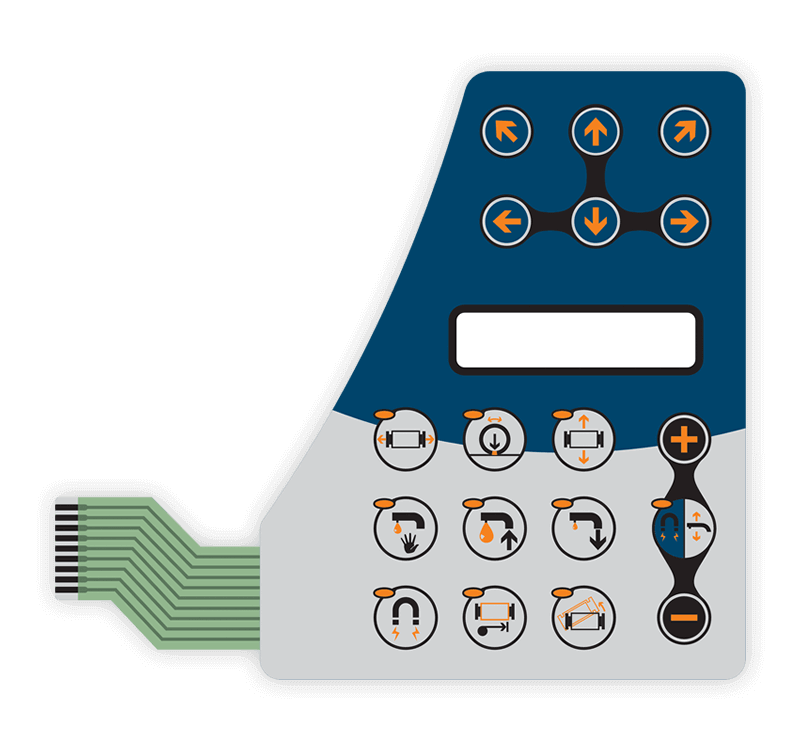The Latest Advancements in Graphic Overlays for User Interfaces and Interactive Displays
The Latest Advancements in Graphic Overlays for User Interfaces and Interactive Displays
Blog Article
Comprehending How Graphic Overlays Job to Boost Your Innovative Jobs
Graphic overlays offer as a crucial part in the realm of creative jobs, boosting both aesthetic communication and target market engagement. The effective integration of these overlays calls for mindful consideration of design concepts and goals.
What Are Graphic Overlays?
Graphic overlays are aesthetic components that are placed on top of a base photo or user interface to boost interaction and user experience. They serve various functions, consisting of giving extra details, guiding individual interaction, and improving visual charm. Common applications of visuals overlays can be located in electronic user interfaces, advertising, and academic materials.

Graphic overlays are typically produced using design software, allowing designers to control color, size, and openness to achieve the wanted result. They can be static or vibrant, with computer animations that attract the audience's eye and improve interaction. The calculated use of visuals overlays not only improves visual pecking order yet also help in providing a clear and meaningful message. Because of this, recognizing how to properly carry out visuals overlays is critical for designers aiming to boost their creative projects.

Advantages of Making Use Of Graphic Overlays
Making use of graphic overlays can considerably improve the effectiveness of aesthetic communication across different tools. Among the primary advantages is the ability to communicate intricate details succinctly. By layering graphics, text, and pictures, overlays promote the presentation of data in an extra absorbable layout, making it less complicated for target markets to understand key concepts promptly.
Additionally, graphic overlays can increase visual allure, accentuating specific aspects within a design. This is particularly advantageous in advertising and advertising, where recording the customer's passion is extremely important. The critical use shades, forms, and typography in overlays can develop a engaging and cohesive aesthetic narrative, boosting brand name recognition.
Furthermore, visuals overlays supply flexibility in style. They permit designers to adapt web content for various platforms without beginning from scrape, making certain uniformity across numerous channels. This flexibility is critical in today's digital landscape, where web content needs to be enhanced for diverse devices and formats.
Sorts Of Graphic Overlays
When thinking about the various types of visuals overlays, it is vital to recognize their diverse applications across various sectors. Graphic overlays can be categorized primarily right into three types: functional, ornamental, and informative.
Useful overlays are made to boost the functionality of an item. Commonly discovered in digital tools, these overlays usually provide tactile feedback through raised buttons or textured surfaces, boosting individual communication. They can also serve as a safety layer, guarding the underlying components from deterioration.
Ornamental overlays concentrate on aesthetic improvement, permitting brands to reveal their identification via vivid designs and custom graphics. These overlays are common in product packaging, advertising and marketing, and point-of-sale materials, where visual allure is important for attracting consumers.
Informative overlays, on the other hand, are used to communicate vital information or directions. They can be seen in applications try this out such as signage, user manuals, and training graphics, where clearness and readability are extremely important.
Each kind of graphic overlay serves a distinct objective, adding to the overall efficiency of imaginative projects while attending to details requirements within numerous sectors. Comprehending these distinctions is crucial for choosing the appropriate overlay for your job.
Ideal Practices for Execution
To make certain the successful implementation of visuals overlays, it is critical to establish a clear understanding of the project's purposes and the specific requirements of the end-users. Begin by conducting detailed research study to recognize the target market and their preferences, as this will certainly inform style choices and performance.
Following, develop a thorough plan that details the overlay's assimilation, format, and objective process. This plan should consist of interface considerations, making sure that overlays boost instead of obstruct the user experience - Graphic Overlays. Consider the aesthetic power structure and keep consistency in layout aspects, such as color icons, typefaces, and schemes, to promote brand name coherence
Examining is important; gather responses from a depictive sample of users to recognize potential concerns and locations for improvement. Repeat on the design based upon individual input and efficiency data. Additionally, ensure compatibility throughout different devices and systems to make the most of accessibility.
Tools for Creating Overlays
Creating reliable visuals overlays calls for the right tools to equate design ideas into functional applications. Various software application and systems are see post available, each tailored to particular needs and ability degrees.
Adobe Photoshop and Illustrator are industry requirements, supplying extensive capabilities for producing and adjusting overlays. These devices provide advanced functions such as layer administration, mixing modes, and vector graphics, making it possible for designers to develop top quality and elaborate overlays.
For those looking for an extra user-friendly approach, Canva and Figma are outstanding alternatives (Graphic Overlays). Canva's instinctive interface enables individuals to develop overlays rapidly making use of pre-designed themes, while Figma promotes collaborative design in real-time, making it ideal for groups
In addition, open-source alternatives like GIMP and Inkscape offer robust functionalities without the associated prices of exclusive software program. These devices enable for versatility in design and can accommodate various file layouts, ensuring compatibility across different systems.

Verdict
In verdict, visuals overlays offer as effective tools for boosting innovative tasks by supplying visual clarity, visual appeal, try this site and brand name consistency. By understanding the fundamental concepts and advantages connected with visuals overlays, designers can dramatically improve the high quality and performance of their aesthetic interactions.
Graphic overlays serve as a crucial component in the world of innovative tasks, enhancing both visual interaction and target market engagement.Graphic overlays are usually created using design software program, allowing designers to manipulate openness, shade, and dimension to accomplish the desired impact.In addition, graphic overlays can improve aesthetic charm, drawing interest to particular aspects within a design.In addition, graphic overlays provide flexibility in layout.In final thought, visuals overlays offer as effective tools for improving innovative projects by providing aesthetic quality, aesthetic appeal, and brand name consistency.
Report this page